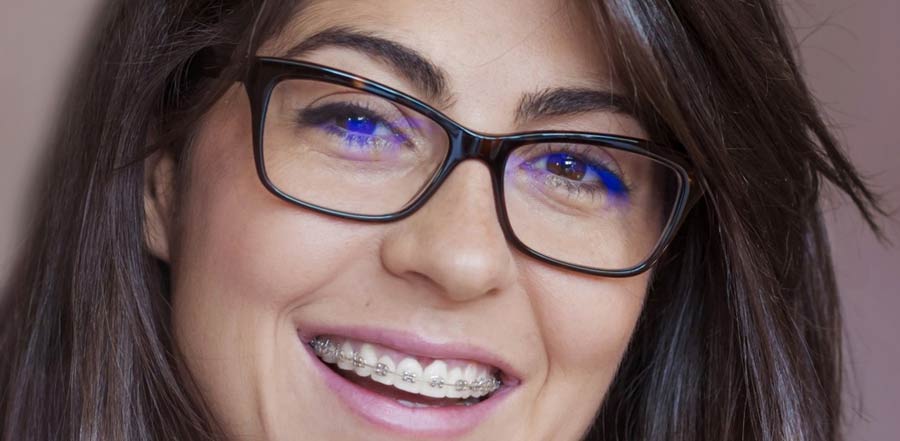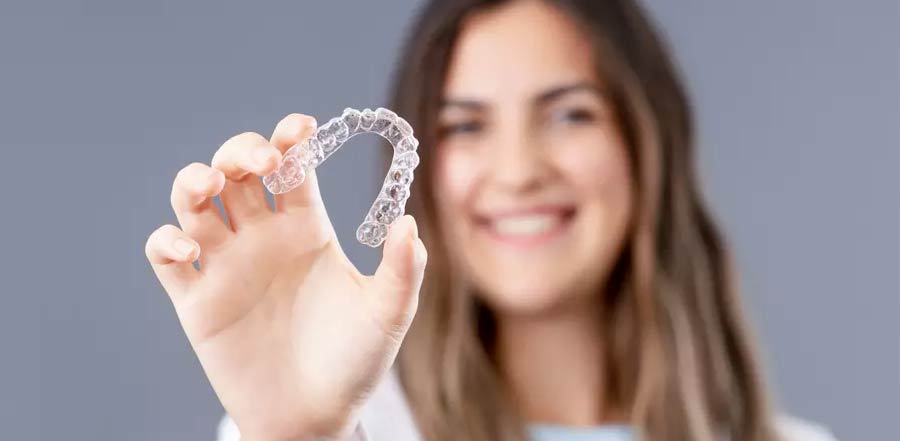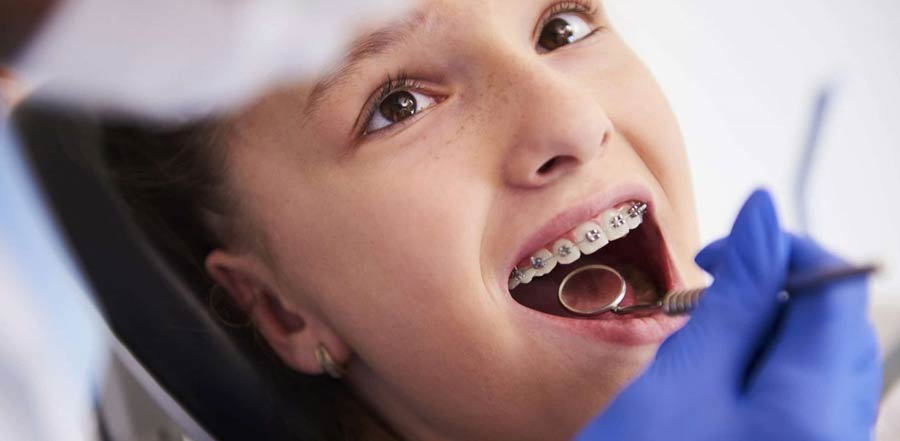Children’s Orthodontics in or near Miami Springs
Anybody searching for an orthodontist in the Miami Springs area you have quite a few options. Taking this into consideration why do so many people in Miami Springs drive all the way to Miami Lakes to see Dr. Carmen Crespi? Today it seems that everybody is offering orthodontic services. The truth is that there are many of general dentists offering orthodontic services even when they are not qualified to provide this type of service. It goes beyond that you can now even order Invisalign clones online from SmilesDirect! However, parents who know better still prefer the service only a certified orthodontist can provide. If you are looking orthodontic services we invite you to call us for a free no obligation appointment where we will show you what is the difference between braces from Home Depot versus that of Children’s Orthodontics Miami Springs, Fl .
Even though many who have you think that braces are no big deal nothing can be farther from the truth. Orthodontic braces are installed over your dentures to correct its alignment. If not done correctly, you could go through several health issues coming from the fact that you can’t chew or eat your food correctly.
If you are choosing to get braces, it is best that you consult with an orthodontist instead of a general dentist. Orthodontists have extensive knowledge about the correct alignment of teeth. A general dentist’s knowledge, on the other hand, doesn’t cover that area.
When it comes to training, an orthodontist possesses 2 to 3 more years’ worth of specialization than a regular dentist. This indicates that they’re capable of doing better than regular dentists can do, and it includes installing retainers, braces, Invisalign, and other corrective appliances over your dentures.
Go to an orthodontist if you don’t want to experience the painful effects such as overbite and recurring migraines. These are the common concerns of patients who chose to go to a regular dentist rather than an orthodontist for braces. Keep yourself from all these concerns and talk only with the experts who are especially trained for the job.
Remember that concerns with your teeth influence your entire health. If your dentures are causing you pain then the rest of the body won’t be able to perform at its best.
Pediatric Orthodontist Specialist in Miami Springs, FL
www.Lakes-Ortho.Com is your local board-certified orthodontist serving the Miami Springs area. If you have decided that consulting with an orthodontist is preferable than consulting with a general dentist, then the next step is to find the orthodontist who is perfect for you. There are 2 kinds of orthodontists: general orthodontists and board-certified orthodontists. If you must choose between these two, always go for the board certified orthodontists.
Apart from the knowledge and specialization that regular orthodontists go through, the board certified experts offer improved and complete oral care. This is because they are asked to renew their certification every 10 years so as to keep their certification.
To be a board-certified orthodontist, one should be a member of the American Board of Orthodontics. One has to comply with the accreditation guidelines of the organization and follow their every rule to keep their membership status. Renewing one’s certificate is also required, which may also suggest they have to go through continual training.
There‘re several advantages to consulting with a board-certified orthodontist and they have a lot to do with your assurance of getting premium dental care. They can provide you with the necessary dental care, as well as align your teeth to assure you that perfect smile. These orthodontists will ensure that you will get your confidence back.
Article Related to Orthodontist for Kids in Miami Springs, FL
Orthodontic Horror Stories!
How you should choose your orthodontist for your Invisalign or braces treatment to avoid being a victim. I have had thousands of people come to my [...]
Why Invisalign is the Best Choice
A lot has happened throughout the last two decades when it comes to the orthodontic dentistry. Subtler tooth correction options are now available to both children [...]
Invisalign! Does it really work?
What is the truth about Invisalign, Smile Direct Club, and all of these new braces I see online and on TV? A few weeks ago, at [...]





